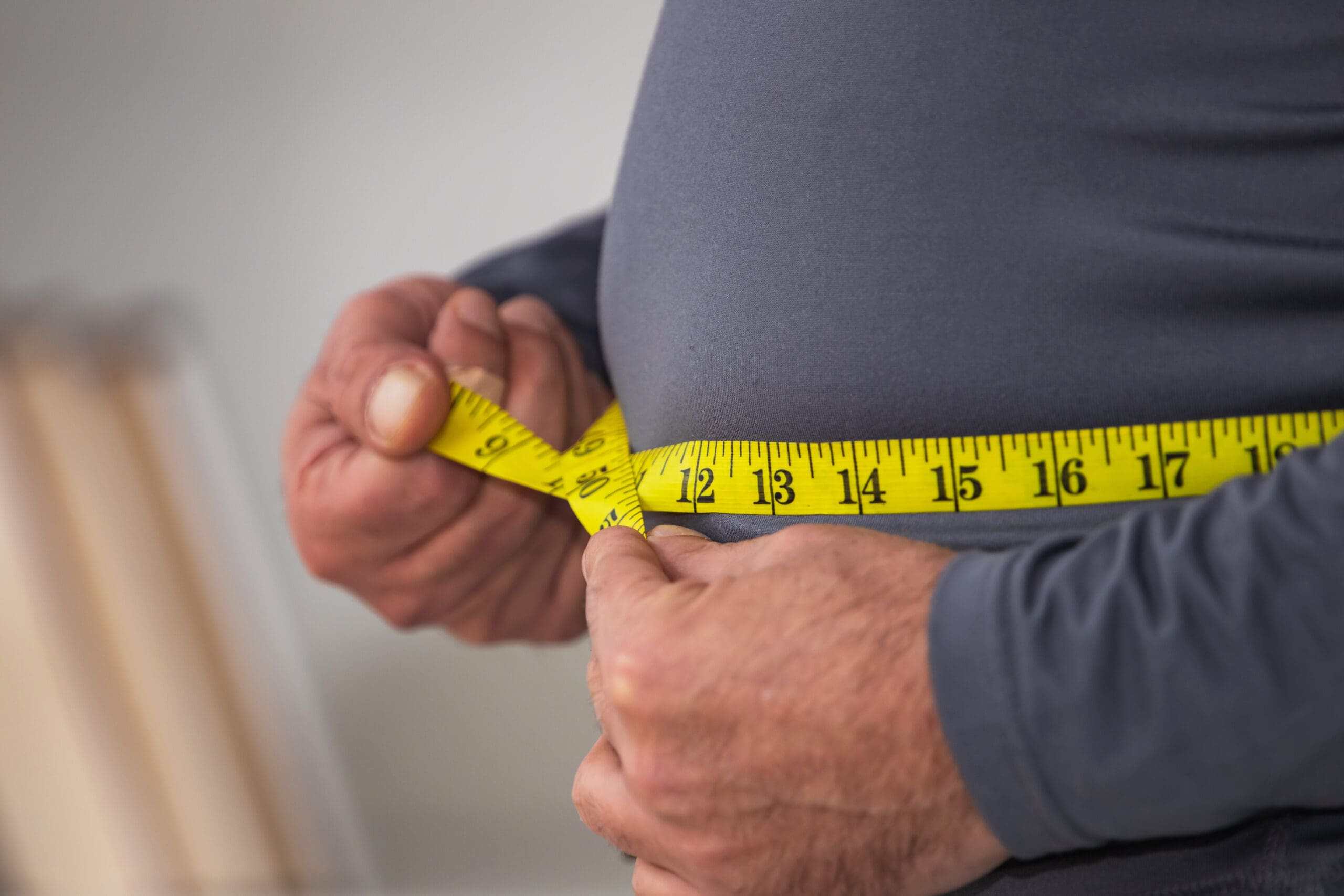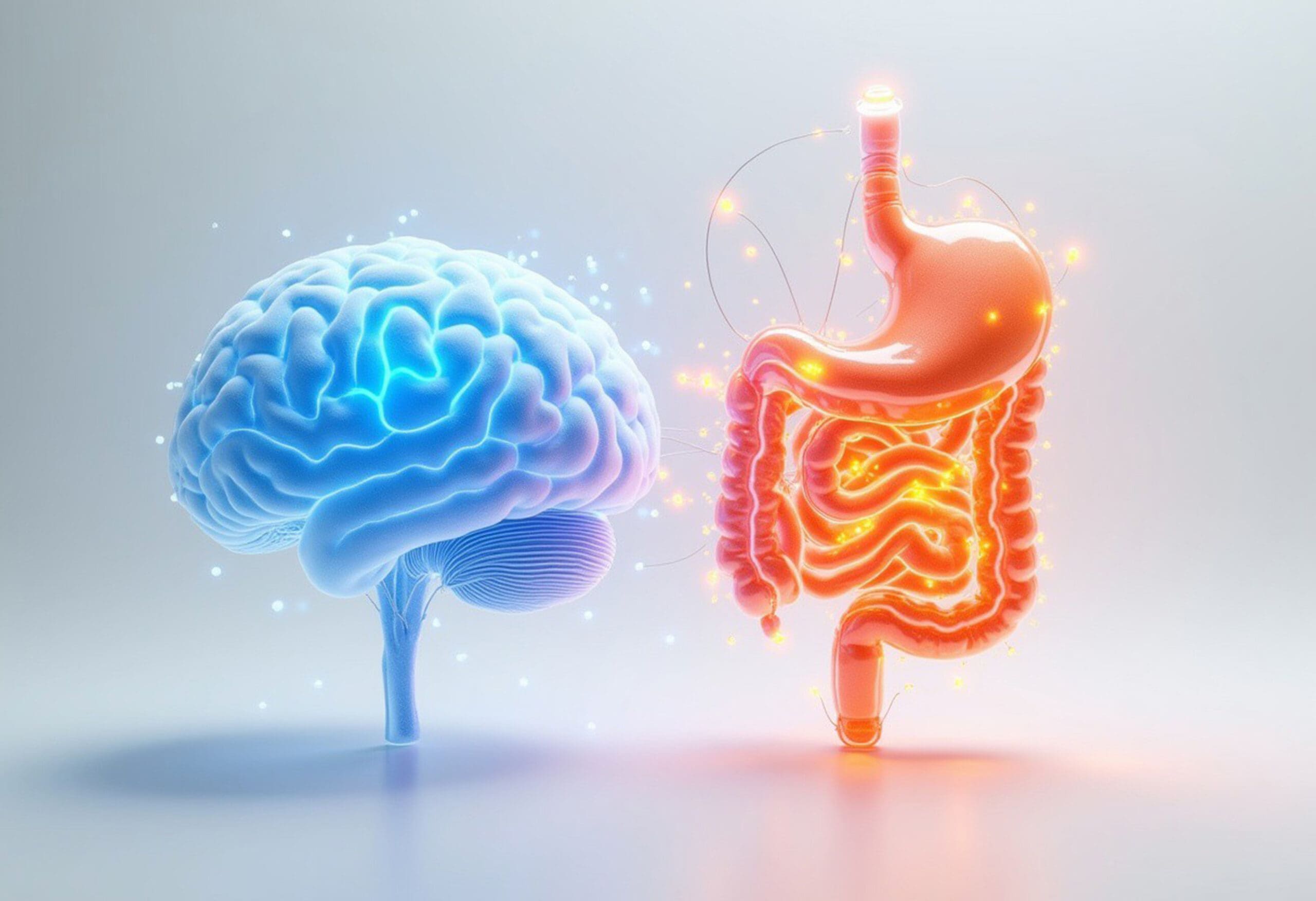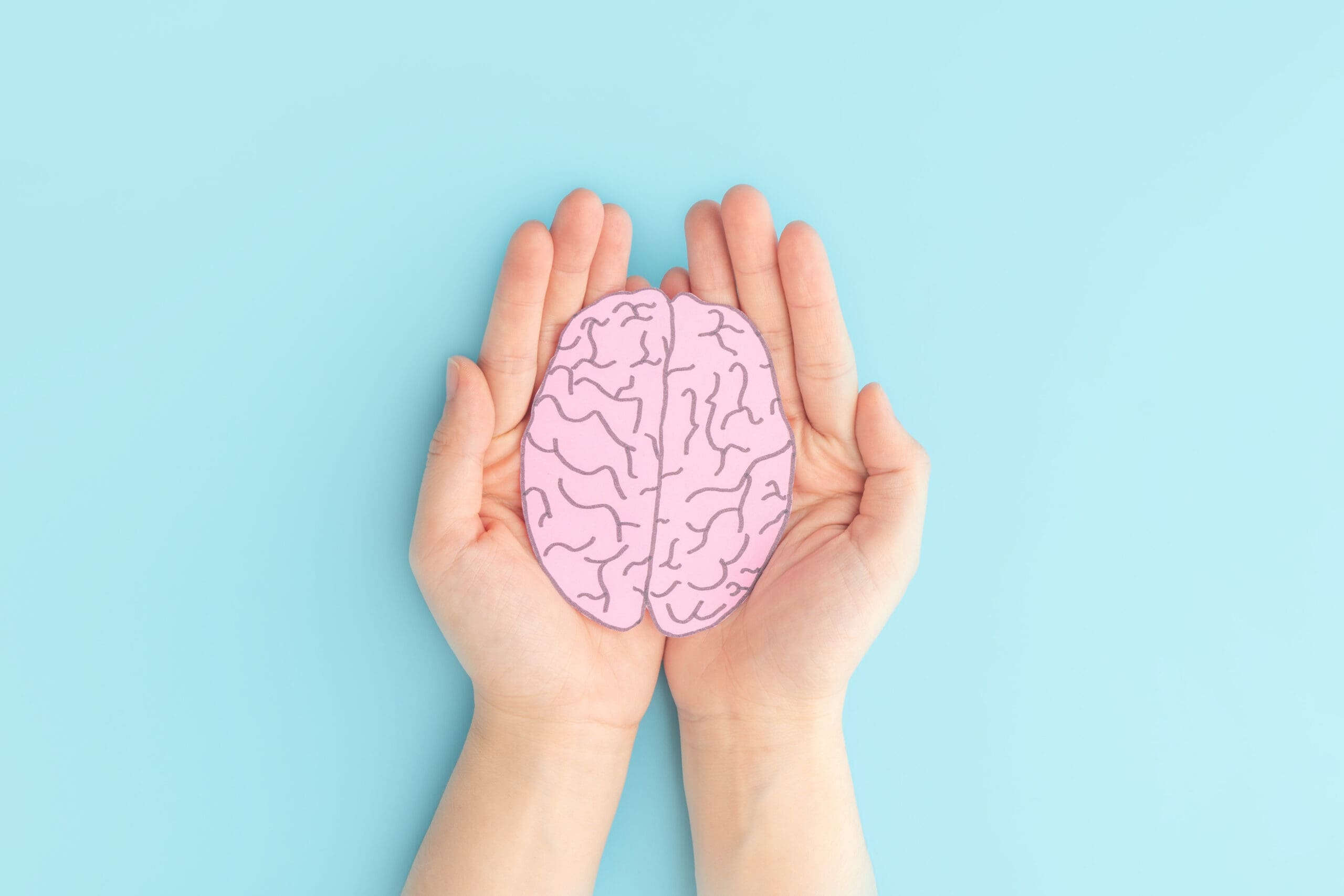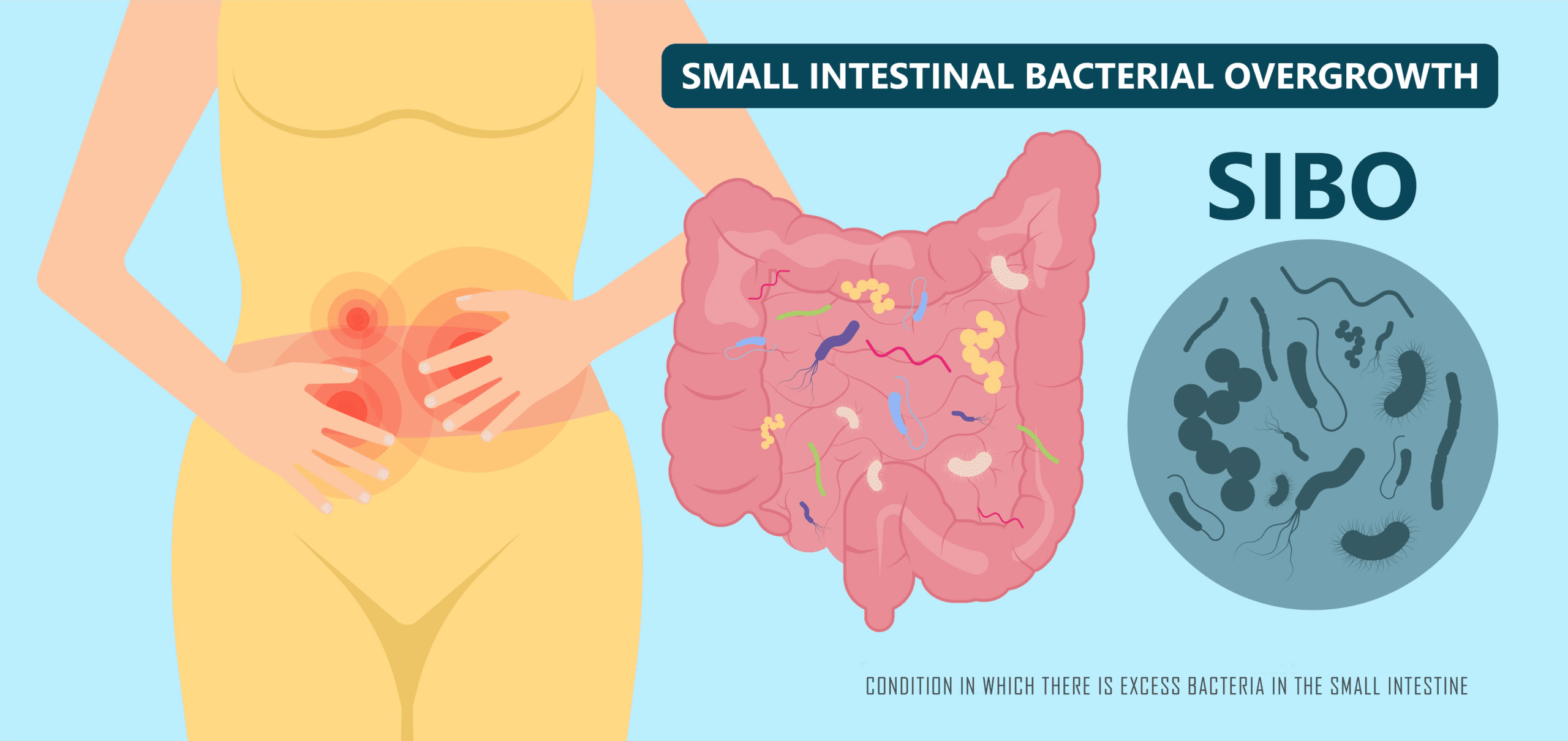More muscles equals faster metabolic rate
By naturopath Margaret Jasinska
As we age we lose muscle mass. This typically causes a slowing down of the metabolic rate. Fortunately there are ways to help preserve your muscle mass and maintain an efficient metabolism as you get older.
Sarcopenia means loss of muscle mass
The medical definition is the gradual loss of muscle mass, strength and function with age. It typically begins in the late 50s but can begin earlier or later in life, and the speed at which it progresses varies. Sarcopenia can greatly reduce your quality of life by impairing your ability to perform daily tasks. It can lead to loss of independence and the need for long term care sooner.
Sarcopenia is a major contributor to increased frailty, falls and fractures. These conditions can lead to hospitalisations and surgeries, which increase the risk of complications and an earlier death. Sarcopenia can affect thin people, normal weight people and obese people. For women, menopause can be a trigger for accelerated sarcopenia.
Potential causes of loss of muscle mass
- Changes in the production of several hormones can affect the ability to build and maintain muscle mass. These include growth hormone, insulin-like growth factor 1 (IGF-1), cortisol and sex hormones. Sex hormones decline with age for women and men. Chronically elevated cortisol is a consequence of long term stress. The stress can be emotional or physical (illness, injury).
- Increased pro-inflammatory cytokines cause muscle protein degradation and suppressed protein synthesis. Cytokines are produced by the liver if it is fatty and inflamed and also by the immune system in people with autoimmune disease. Diabetes causes increased inflammation too. Having too much inflammation in your body can speed up the loss of muscle mass and also cartilage, collagen and elastin in your body.
While muscle mass declines, so does bone density. There is usually also an increase in the accumulation of visceral fat, which is the dangerous fat inside and around your organs. This significantly slows down your metabolic rate. Skeletal muscles are hungry for energy (carbohydrate and fat). Having more muscle on your body keeps your metabolic rate higher 24 hours a day. This makes it much easier to achieve your desired weight.
Older people need a higher protein intake if they want to keep their muscles
Old cells and tissues in your body continually get broken down and replaced by new ones. This happens your entire life. Unfortunately the repair mechanisms are not as efficient in older people. Also, their muscles can’t take up amino acids from protein as well to manufacture new muscles.

Why is protein so important in your diet?
Your body primarily uses carbohydrate and fat for energy production. It mostly uses protein for structure and rebuilding. Protein provides the building blocks of bones, muscles, cartilage, skin, some hormones, enzymes and blood. If you don’t eat enough protein, your body breaks down muscle tissue to provide amino acids for important physiological functions.
Protein helps:
- Support immune function and wound healing
- Assist muscle growth, maintenance and repair
- Facilitate easier weight loss and increased satiety
- Maintain healthy skin, nails and hair
- Stabilise blood sugar levels
- Assist hormone production
How much protein do you need to eat each day?
The amount of protein you need depends on your age, gender, muscle mass, height, activity level and underlying health problems. The current Recommended Dietary Allowance (RDA) for protein is 0.8g per kg of body weight per day. This is the absolute minimum. An optimal protein intake is between 1.0 and 1.5 grams per kilo of ideal body weight. For a 70 kilogram person that would be between 70 and 105 grams of protein per day.
Protein content of foods
| Food | Protein |
|---|---|
| Beef | 26.4g /100 grams |
| Pork loin | 22.2g /100 grams |
| Lamb cutlets | 36g in 2 cutlets |
| Salmon | 19.3g / 100g |
| Eggs | 6g / large egg |
| Chicken breast | 32.8g / 100g |
| Walnuts | 8g in half cup |
| Parmesan cheese | 38g / 100g |
| Lentils | 9g in half cup |
| Synd X protein | 16g / 20g scoop |

Animal protein contains the full complement of essential amino acids, especially leucine. Leucine is the amino acid most important for stimulating muscle synthesis. Leucine is only present in small amounts in most plant protein foods, so it can be deficient in vegetarian or vegan diets.
Hydroxymethylbutyrate (HMB) is a substance that is made when the body breaks down leucine. Studies have shown taking HMB supplements can increase exercise performance, reduce muscle breakdown and increase muscle growth. This even occurs in people who don’t exercise and in elderly individuals.
Animal protein is also the best source of glutamine and branched chain amino acids. Branched chain amino acids are leucine, isoleucine and valine. Branched chain amino acids are the specific types of protein that stimulate increased muscle growth, reduce muscle breakdown and reduce muscle soreness after exercise. Glutamine helps promote muscle growth and it is needed by the cells that line your gastrointestinal tract. Glutamine helps repair a leaky gut.
Ultimate Muscle Food powder is a blend of glutamine, branched chain amino acids and HMB in a delicious all natural and vegan lime flavoured powder.
Exercise is important for maintaining muscle mass too
Eating sufficient protein is one part of the solution. The other is working your muscles to encourage their growth. A sedentary lifestyle will promote sarcopenia even if you eat sufficient protein. It’s important to challenge your muscles with weight bearing exercise. The exercise should be challenging and you should be able to measure your progress. You may want to visit a gym or engage a personal trainer to help tailer make an exercise program specifically for you based on your needs. Using hand weight at home, walking and Pilates can all be very helpful as well.
It is possible to keep your muscles for as long as possible and maintain an efficient metabolism as you age if you know the correct strategies.









Leave A Comment